Researchers suggest artificial intelligence is now better and faster at detecting cancer than clinicians.


Researchers suggest artificial intelligence is now better and faster at detecting cancer than clinicians.
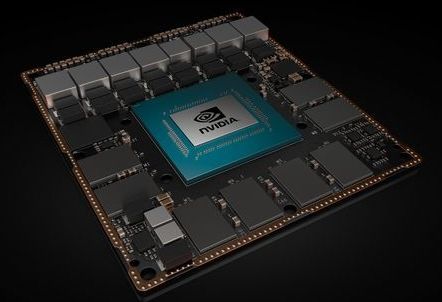
Computex—NVIDIA today announced the availability of NVIDIA® Isaac™, a new platform to power the next generation of autonomous machines, bringing artificial intelligence capabilities to robots for manufacturing, logistics, agriculture, construction and many other industries.
Launched at Computex 2018 by NVIDIA founder and CEO Jensen Huang, NVIDIA Isaac includes new hardware, software and a virtual-world robot simulator.
“AI is the most powerful technology force of our time,” said Huang. “Its first phase will enable new levels of software automation that boost productivity in many industries. Next, AI, in combination with sensors and actuators, will be the brain of a new generation of autonomous machines. Someday, there will be billions of intelligent machines in manufacturing, home delivery, warehouse logistics and much more.”
The arm/hand probably intended for the ATLAS robot. I’d be curious if they are already playing with attaching it on to the robot.
The first person to live with a mind-controlled robotic arm is teaching himself piano. Johnny Matheny has spent the last five months with an advanced prosthetic, designed to replace the human hand and arm.
The robot arm is part of a research project run through the Johns Hopkins University Applied Physics Lab, and funded, in part, by the US Department of Defense. Data that researchers collect could revolutionize future mind-controlled robotics.
This is the second video in a series following Johnny has he spends the year with the arm.
Watch the arm being delivered: https://youtu.be/xKUn0-Bhb7U
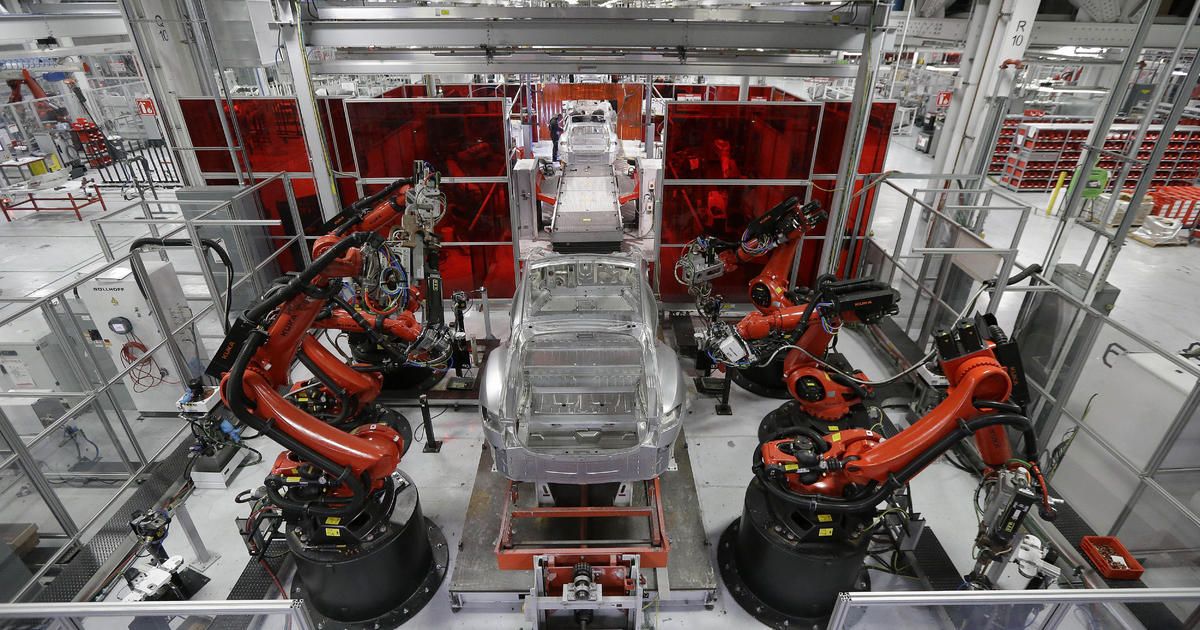
What does it mean to fall in love in the 21st century? Originally, the number of people you could fall in love with were limited to the amount that lived within relative close proximity of you (a few miles, at best). In today’s world, however, it isn’t that uncommon for people to fall in love online.
As we move forward into a future of VR and AI, how might our abilities to fall in love change in a world where non-biological life is teeming just as much as biological life?
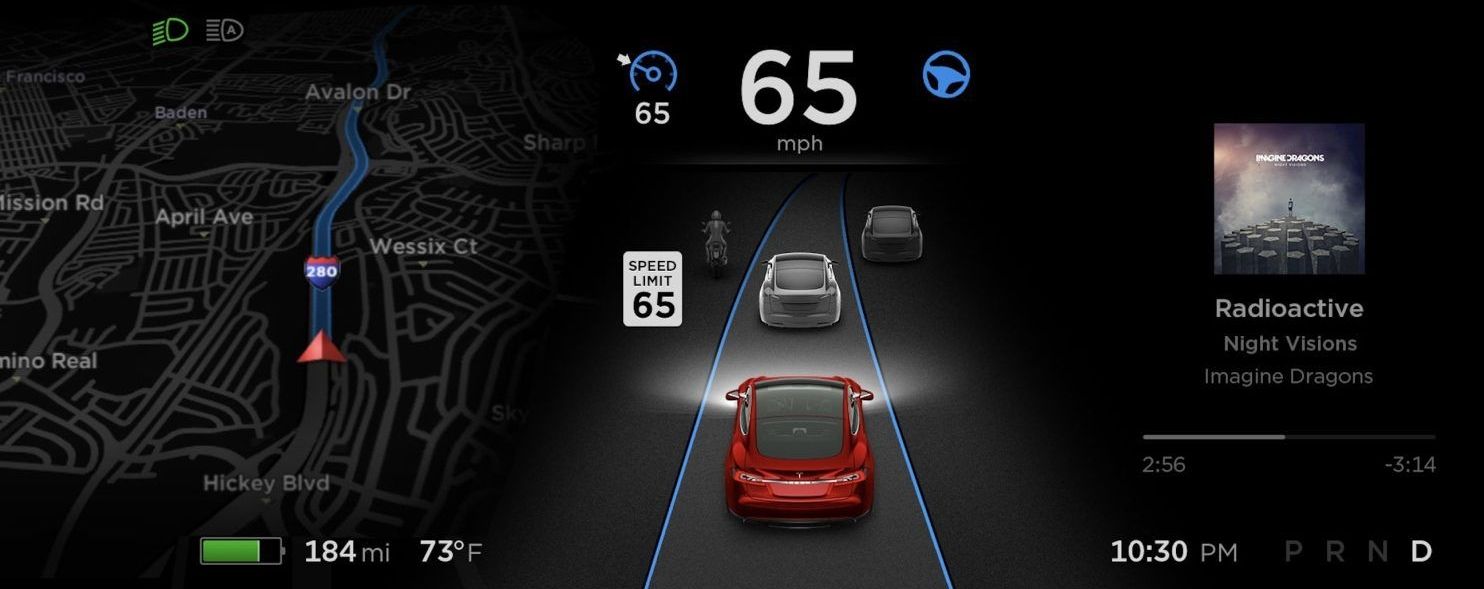
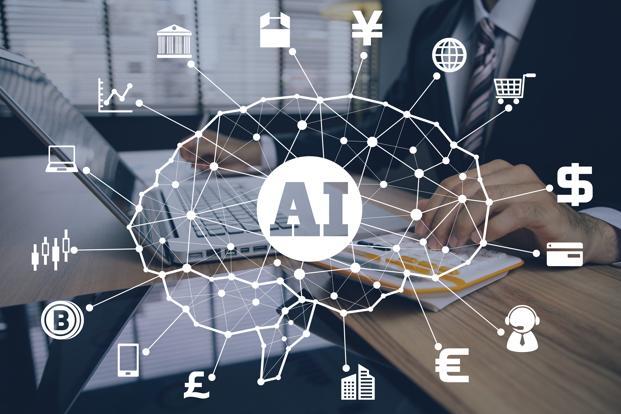
At a time when governments and organisations across the world are trying to harness the powerful technology, the need for an ethical AI has never been more important.
Recommended Books ➤
📖 Life 3.0 — https://amzn.to/2KZdRU0
📖 The Master Algorithm — https://amzn.to/2jV1egi
📖 Superintelligence — https://amzn.to/2rCXzqQ
This video is the eleventh in a multi-part series discussing computing. In this video, we’ll be discussing what cognitive computing is and the impact it will have on the field of computing.
[0:28–5:09] Starting off we’ll discuss, what cognitive computing is, more specifically – the difference between current computing Von Neuman architecture and more biologically representative neuromorphic architecture and how these two paired together will yield massive performance and efficiency gains!
[5:09–10:46] Following that we’ll discuss, the benefits of cognitive computing systems further as well as current cognitive computing initiatives, TrueNorth and Loihi.
[10:46–17:11] To conclude we’ll extrapolate and discuss the future of cognitive computing in terms of brain simulation, artificial intelligence and brain-computer interfaces!
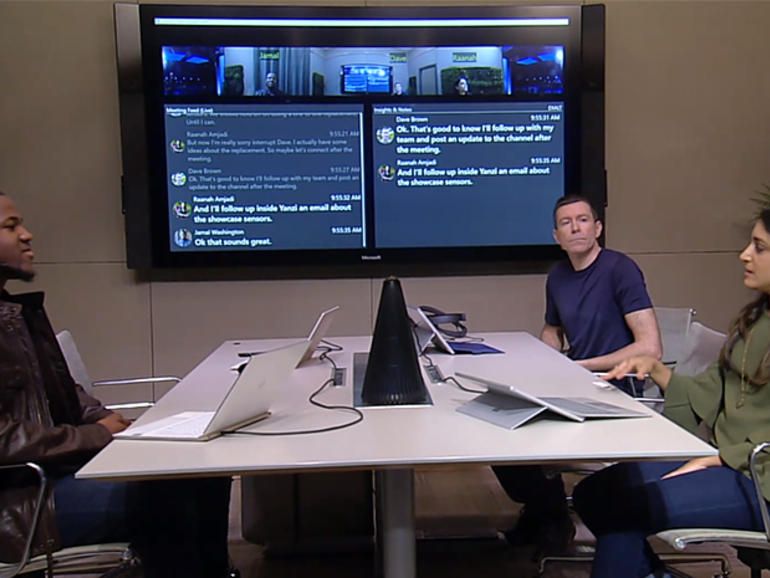
Artificial intelligence has exploded, and perhaps no one knows it more than Harry Shum, the executive vice president in charge of Microsoft’s AI and Research Group, which has been at the center of a major technological shift inside the company.
Delivering the commencement address Friday at the University of Washington’s Paul G. Allen School of Computer Science and Engineering, Shum drew inspiration from three emerging technologies — quantum computing, AI, and mixed reality — to deliver life lessons and point out the future of technology for the class of 2018.